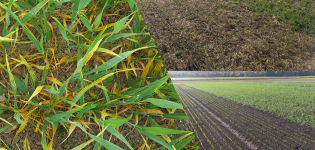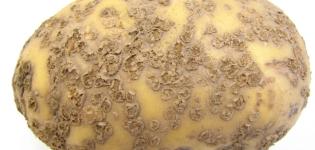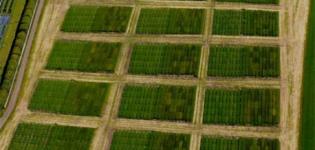Repeatedly growing the same crop tends to lead to poor soil health, increased disease problems for some crops and declining yield, whereas well designed rotations can help build soil structure and fertility and prevent pathogen problems. Cultivation methods, climate and crop markets may determine quite different rotation strategies, and the impacts of intercropping and cover crops on cash crops must be carefully considered in crop sequence decisions. However, diversity is often at the centre of good rotation strategies.



